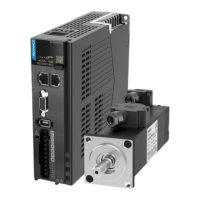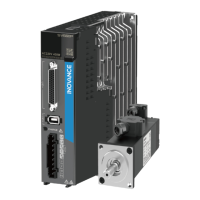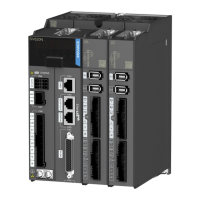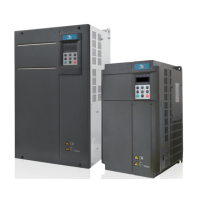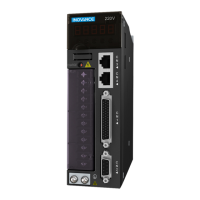Electrical Design Guide
‑20‑
3 Electrical Design Guide
3.1 Design of Periphery Electrical Devices
Installing a circuit breaker
Note
For UL‑compliant products, see section "
5.2 UL/cUL Certification
"
on page 97
for recom‑
mended fuse/circuit breaker models.
If a residual current device (RCD) is needed, select the RCD according to the following
requirements:
● Use a B‑type RCD because the drive may generate DC leakage current in the
protective conductor.
● For each drive, use an RCD whose tripping current is not lower than 100 mA to
prevent RCD malfunction due to high‑frequency leakage current generated by the
drive.
● When multiple drives are connected in parallel and share one RCD, select an RCD
whose tripping current is not lower than 300 mA.
● Use Chint or Schneider RCDs (recommended).
Installing a fuse
Note
To prevent electric shocks, when the fuse is blown, wait for at least the time designated on
the warning label before powering on the drive or operating peripheral devices. Failure to
comply will result in death, severe personal injury, or equipment damage.
To comply with EN 61800‑5‑1 and UL 61800‑5‑1, install a fuse on the input side to
prevent accidents caused by short circuit.
Installing an electromagnetic contactor
Turning on or off the side electromagnetic contactor can start or stop the servo drive.
However, frequent turn‑on/‑off may cause drive faults. Therefore, start/stop the servo
drive at most once per hour. Do not use the electromagnetic contactor as the power
switch of the drive. Otherwise, the lifetime of the drive may be reduced.

